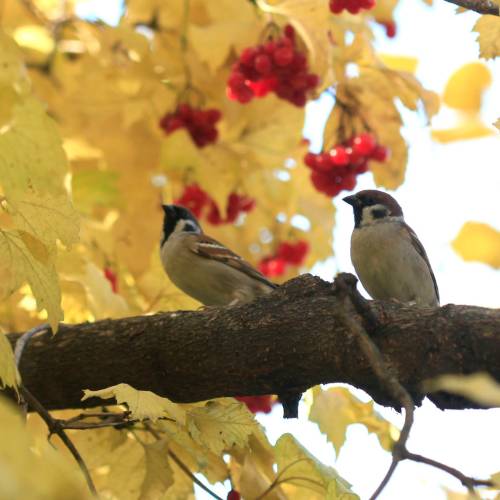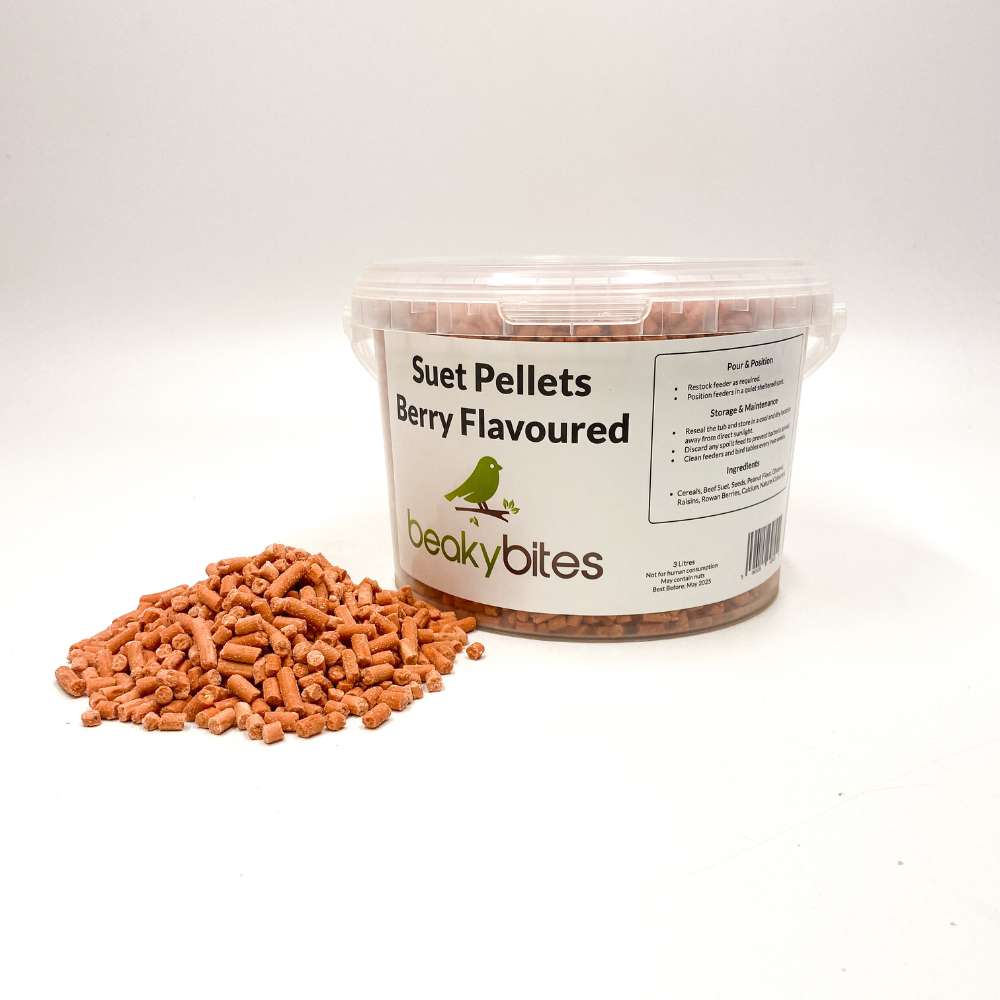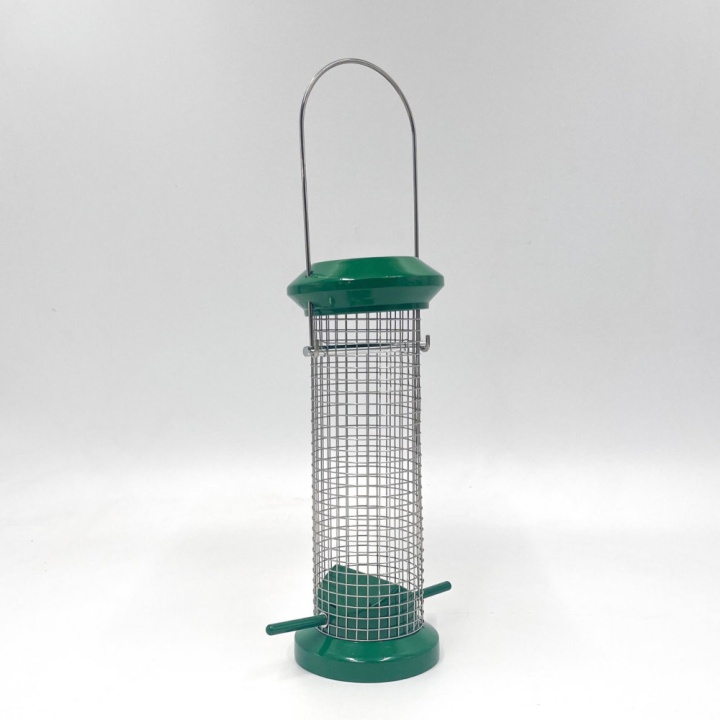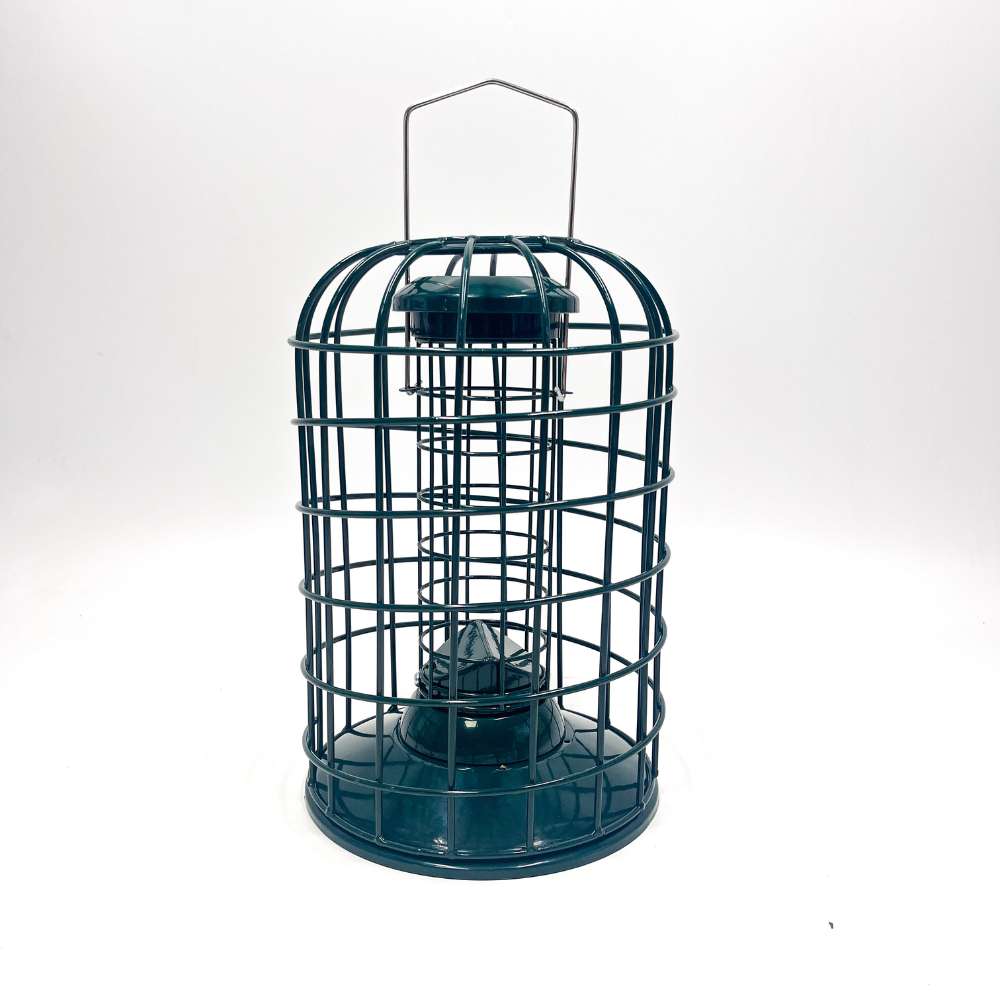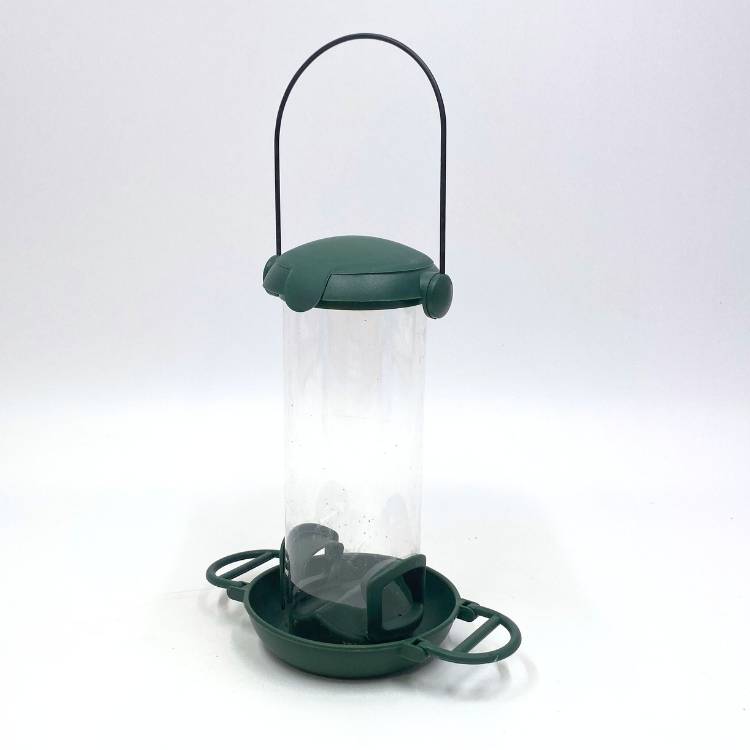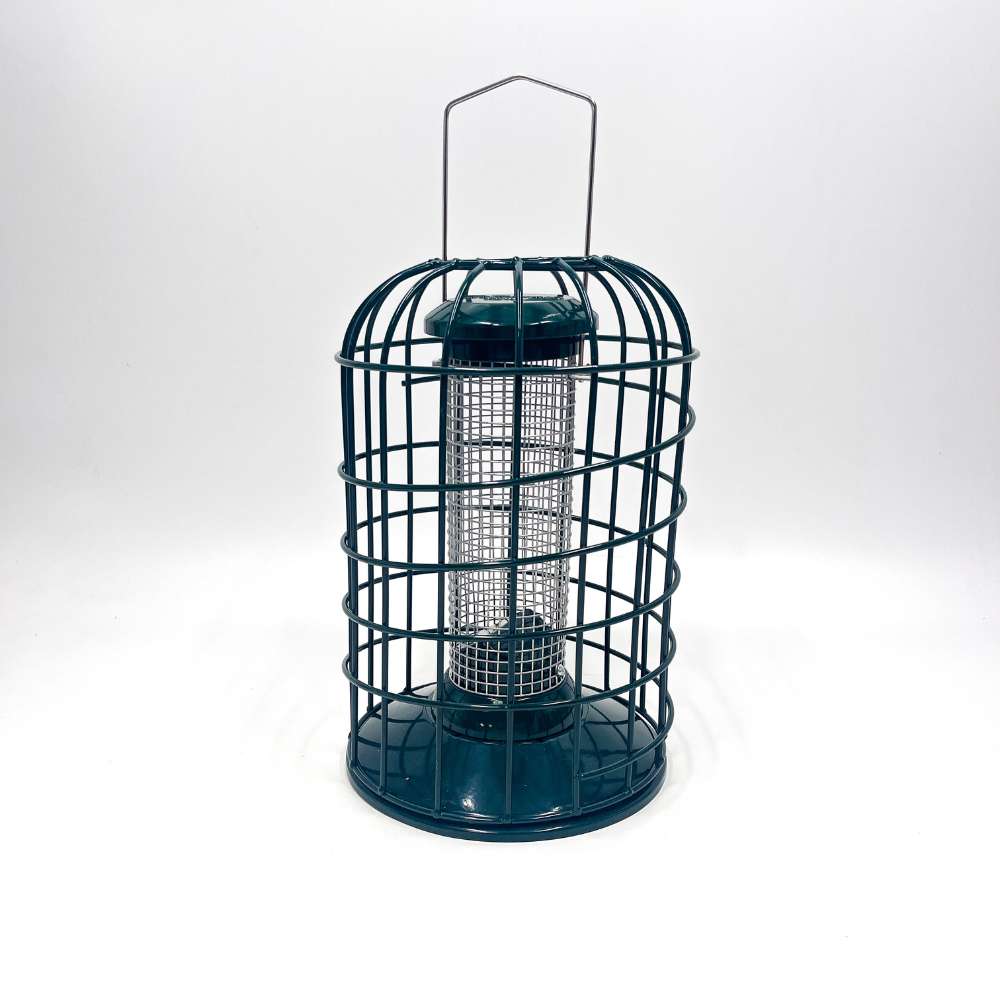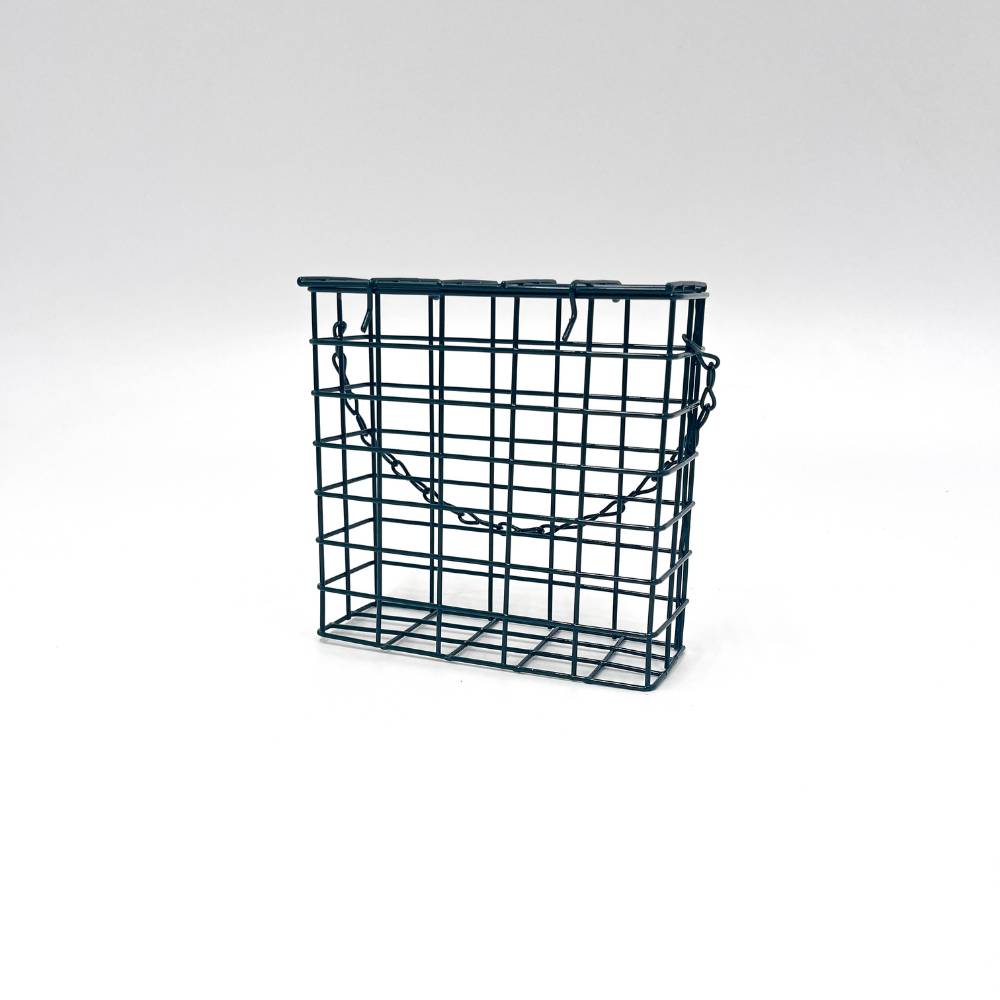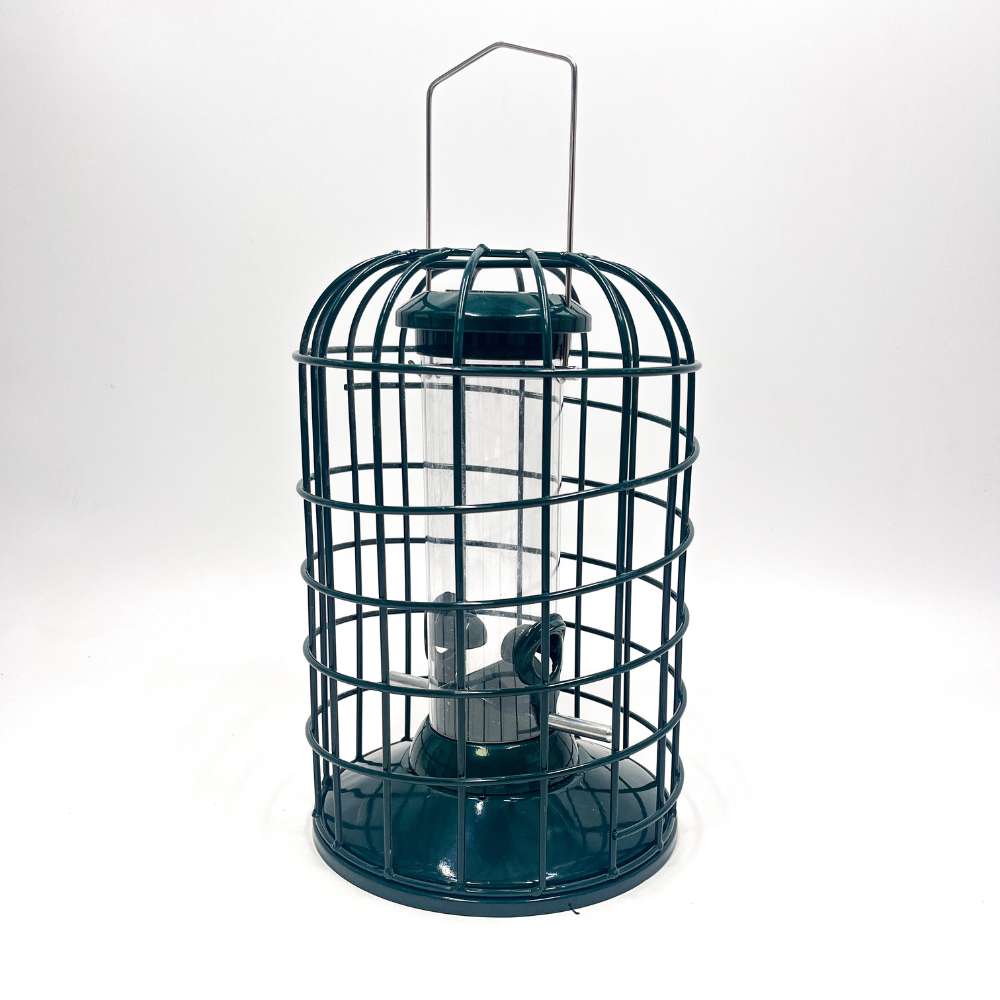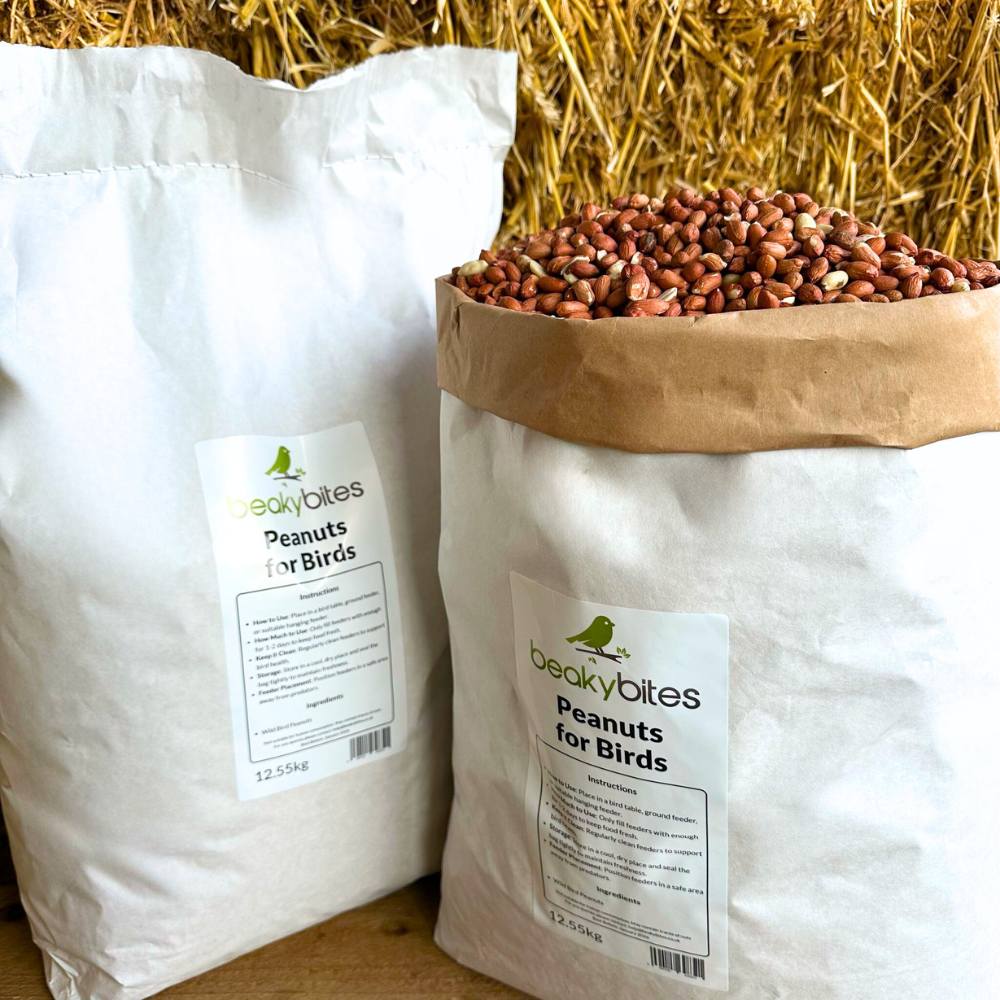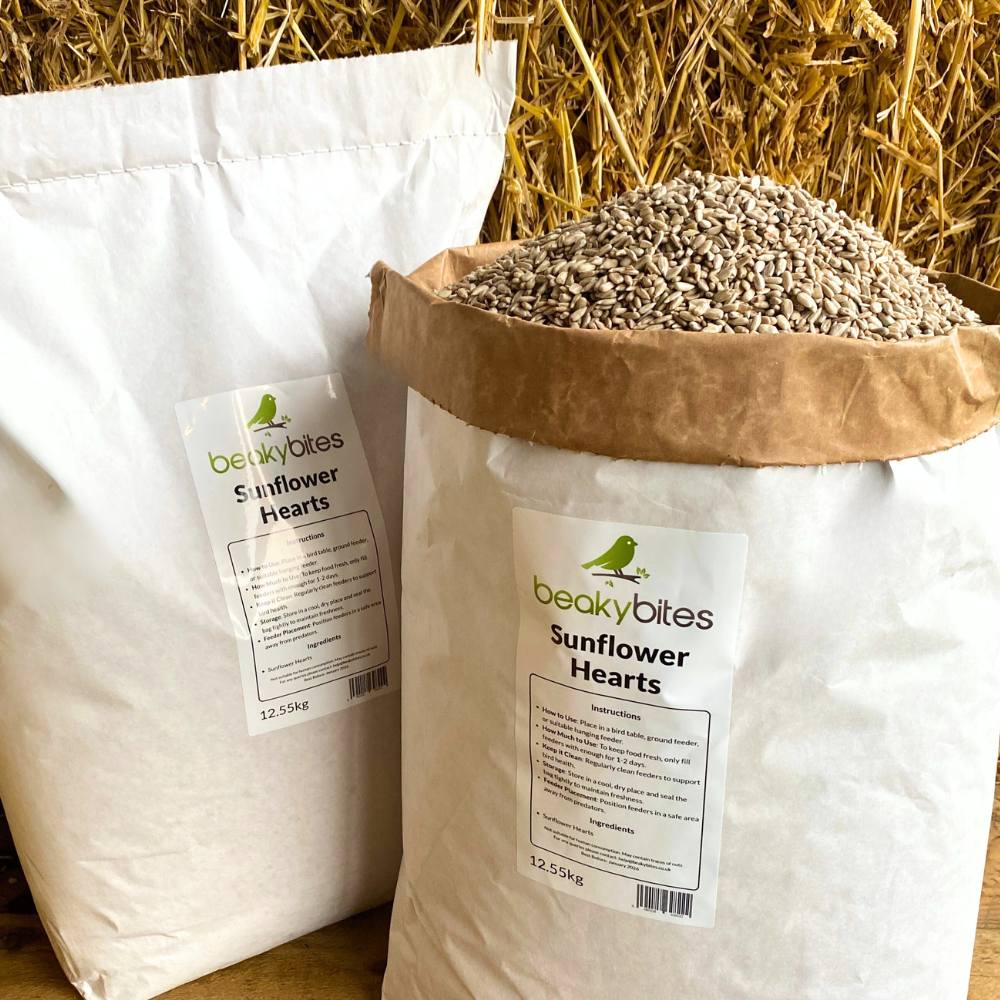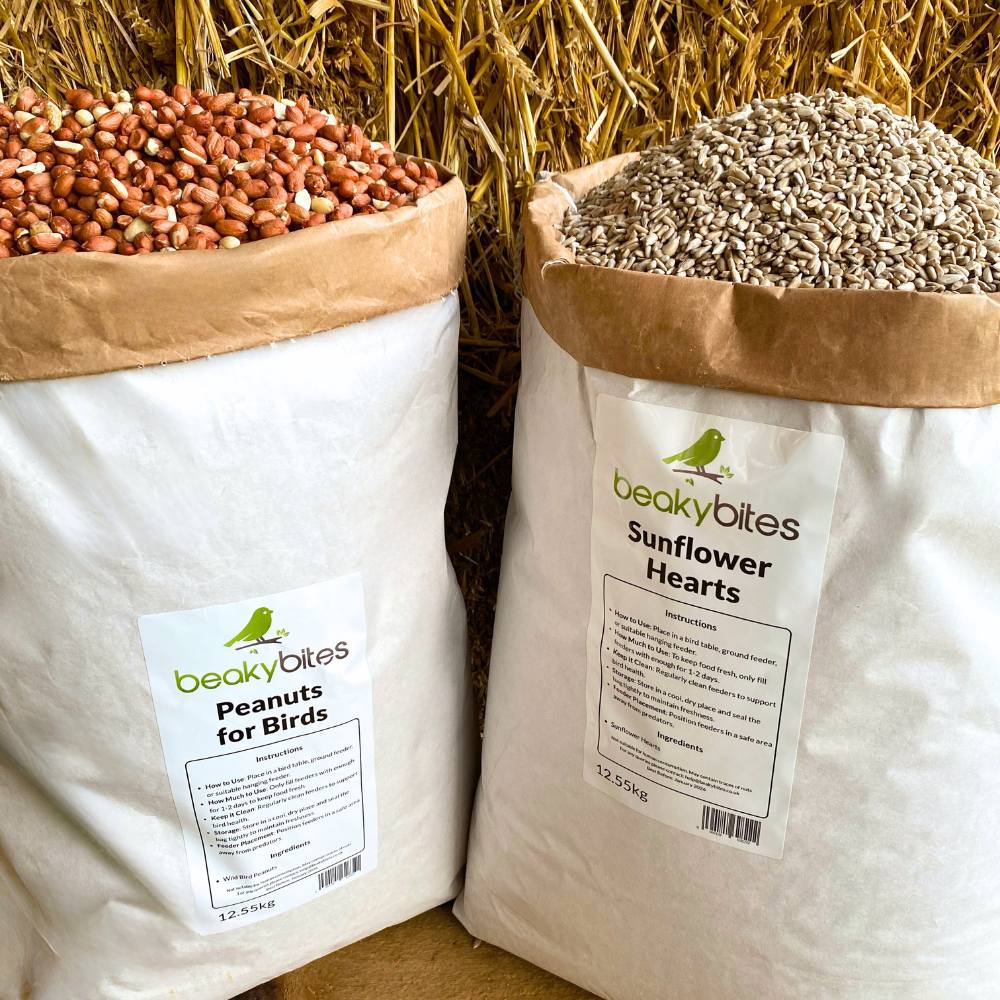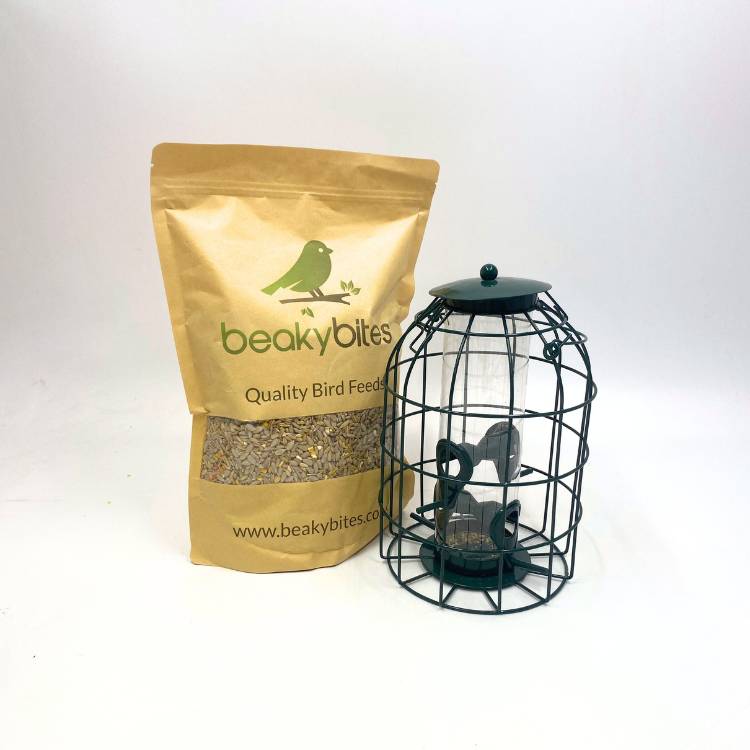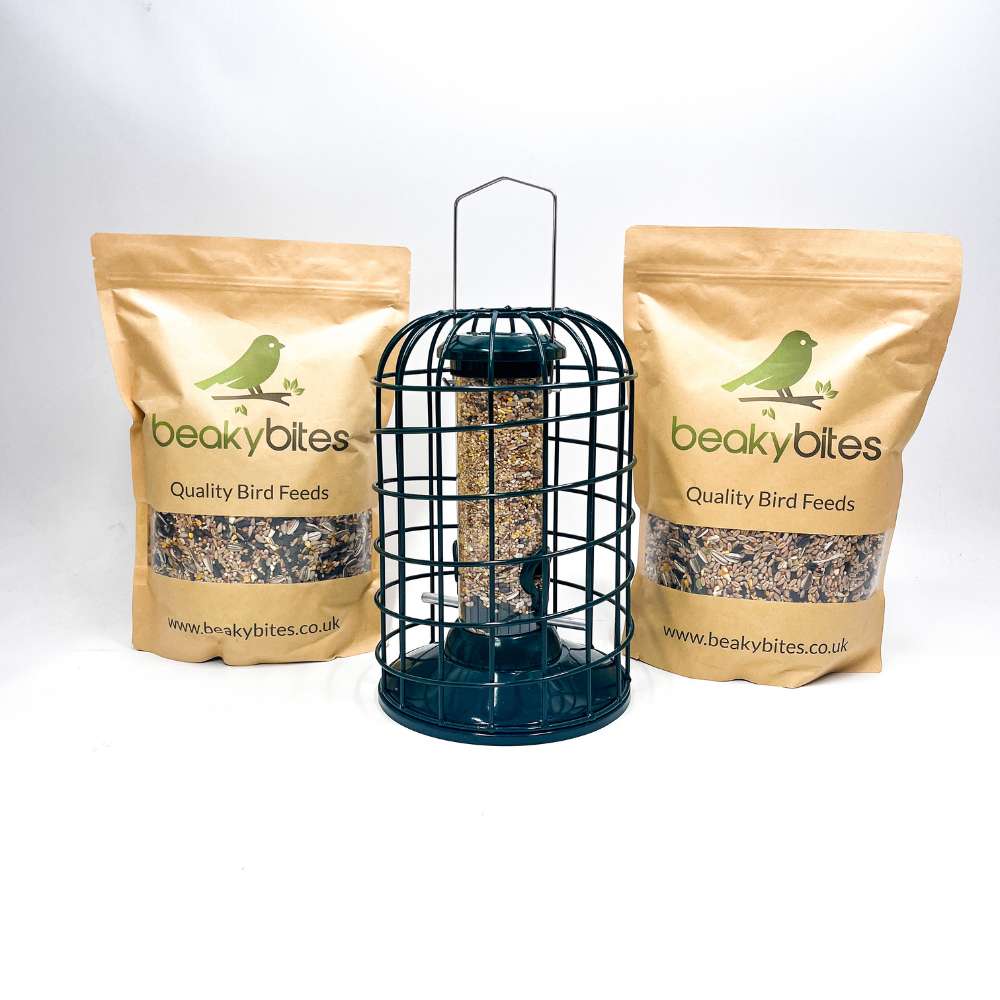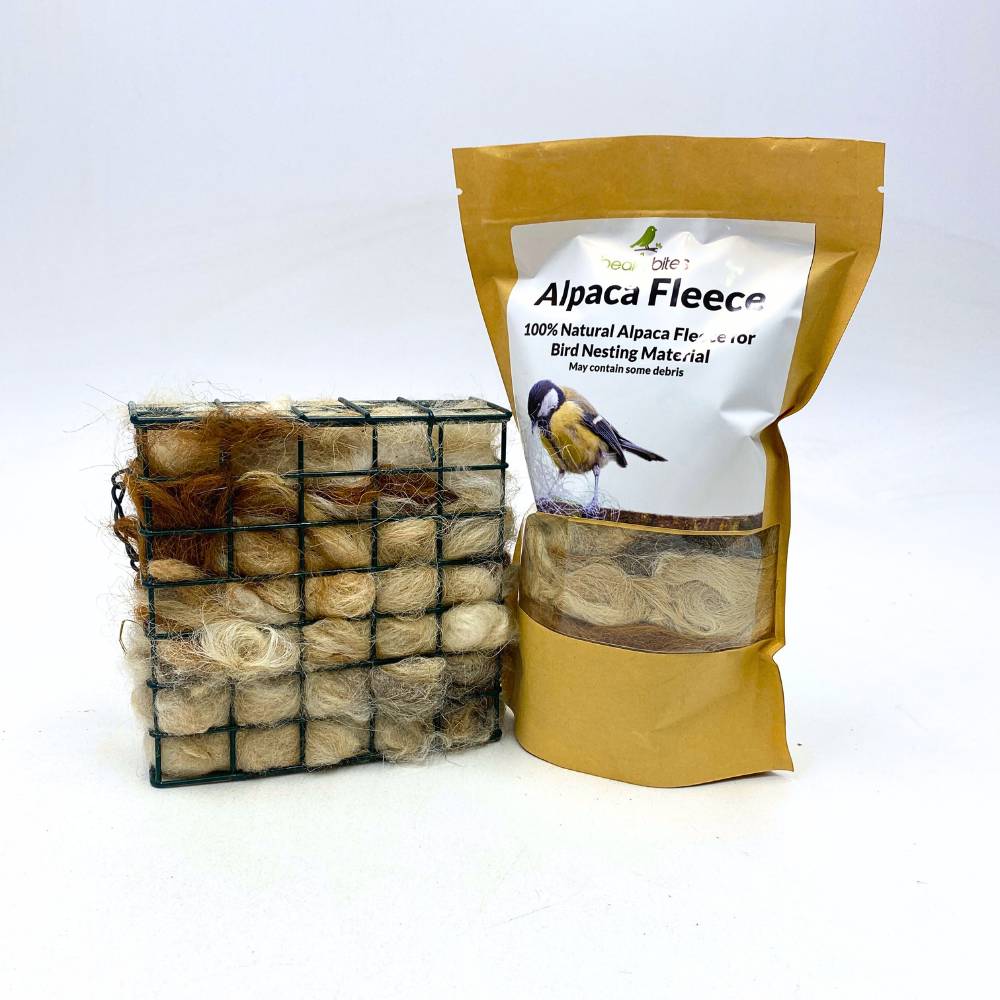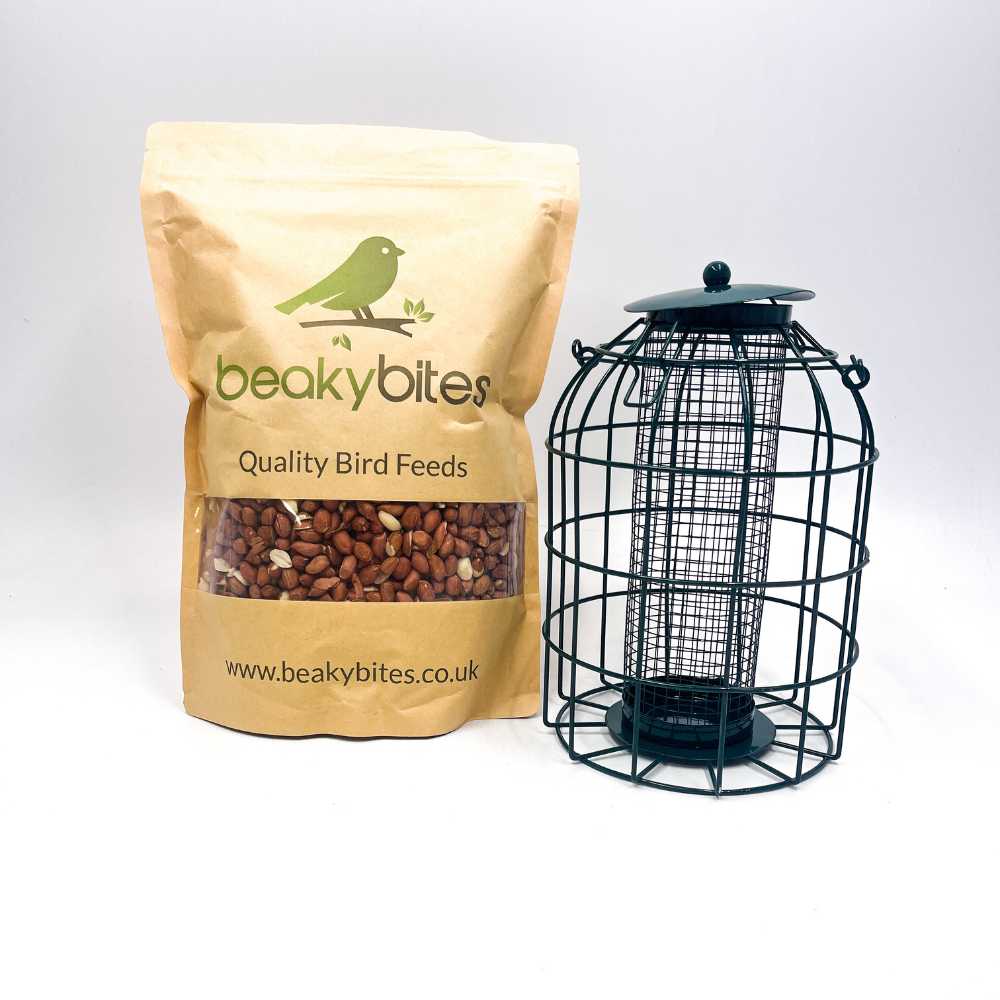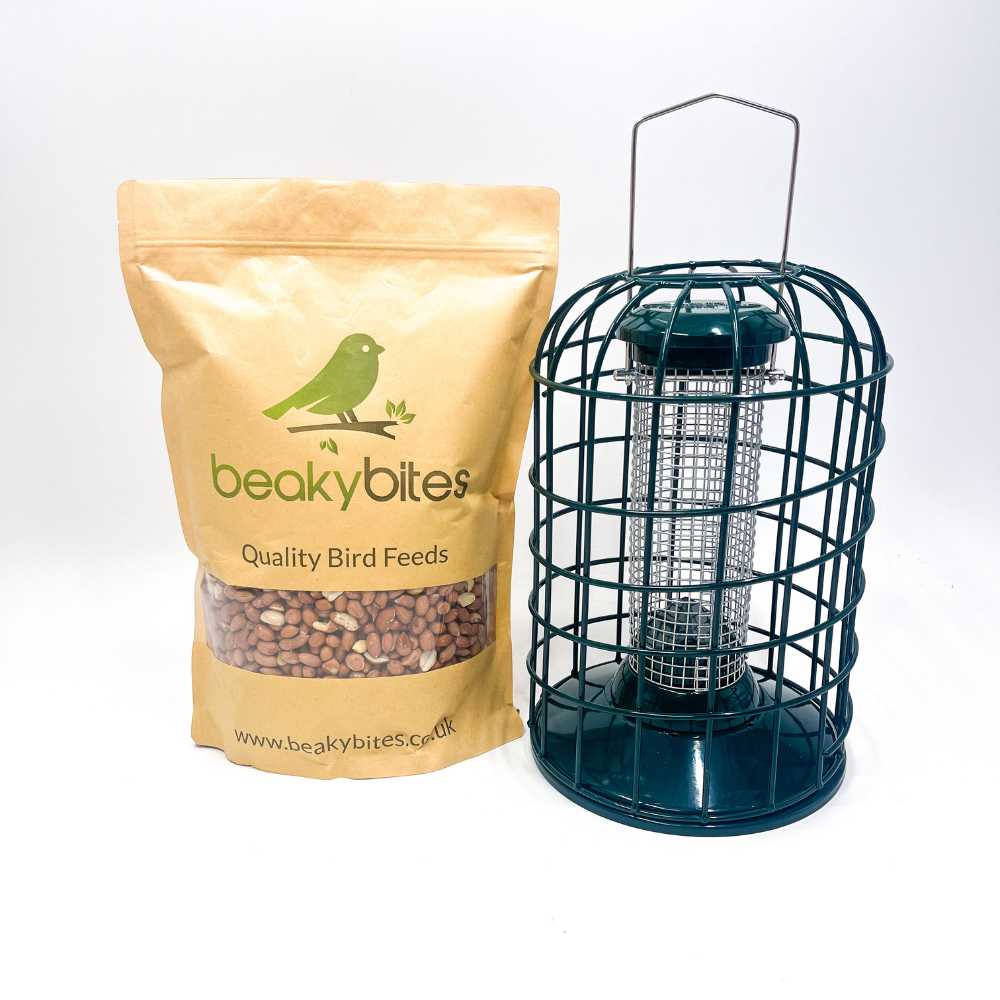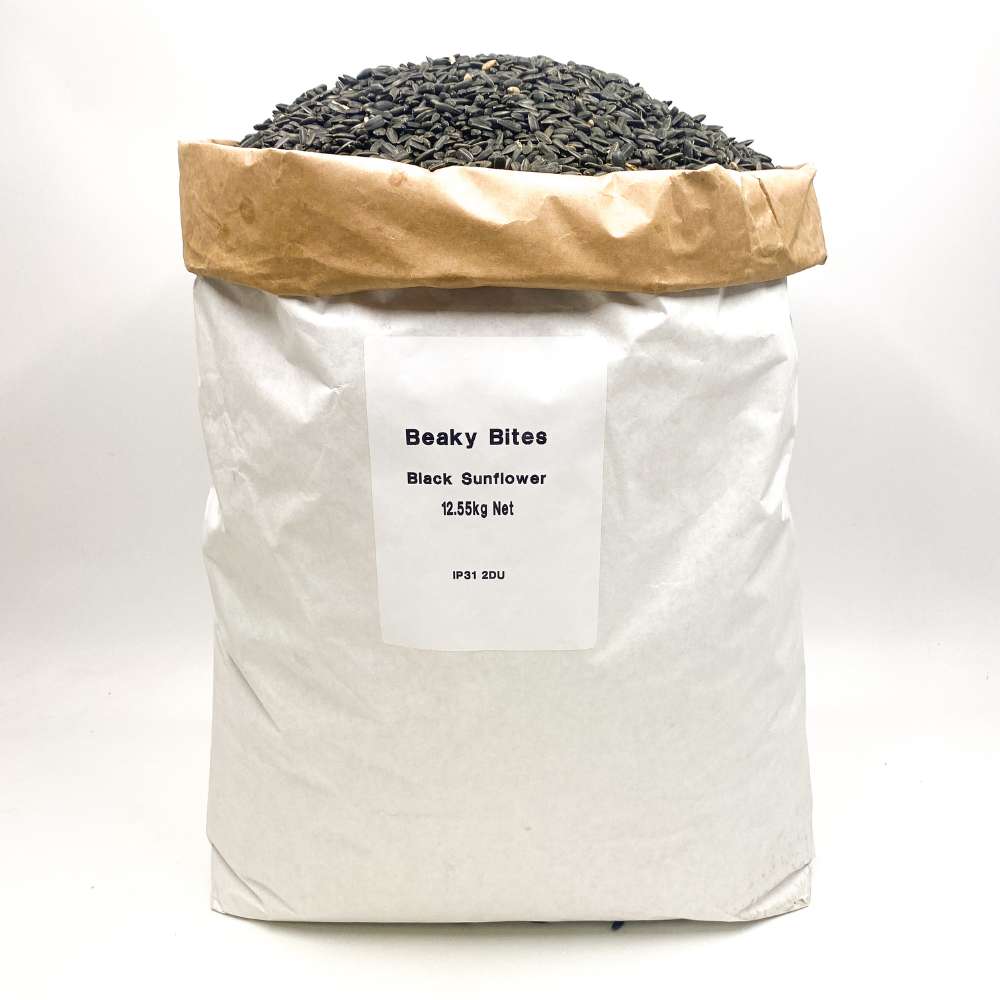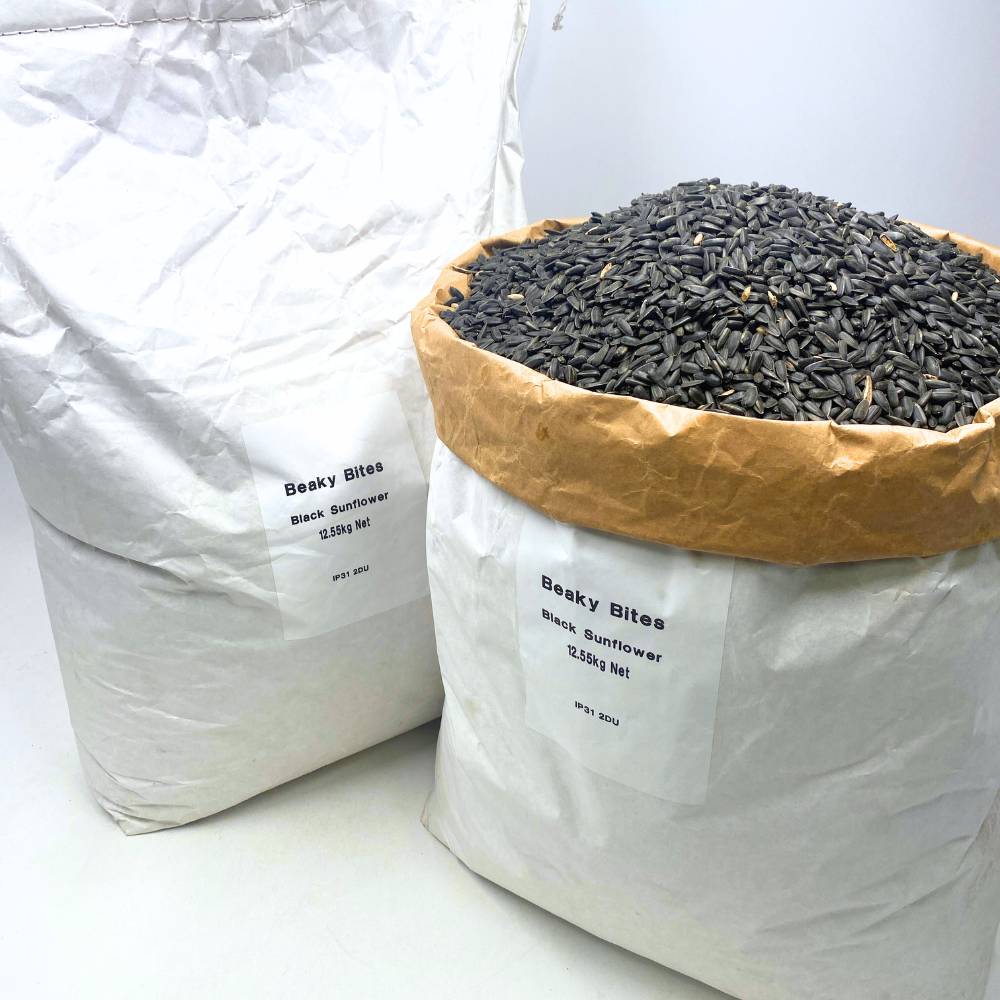Top Tips for Bird Feeding in Autumn: Feeding Birds in the Colder Months

Top Tips for Feeding Birds in Autumn
Feeding birds in autumn helps them build up their winter stores. In this guide we’ll look at the best foods to offer, how to use bird feeders effectively and tips for resident and migratory birds during this important time.
What We’ll Be Covering
- What is the best feed for autumn
- How is best to feed birds in autumn
- Natural food sources in autumn
- Keeping fresh water available
- Migratory birds
- Nesting box maintenance
- Deterring those squirrels
What to Feed Garden Birds in Autumn
In autumn garden birds have increased energy demands as they prepare to migrate for winter.
To meet these demands birds need high energy foods that will last the season. Foods such as:
are the key to getting the nutrients and calories.
As you can imagine birds are able to get a lot of these feeds naturally as they forage, the autumn fruiting hedgerows and grasses and flowers that let off their seed. But by offering a selection of different feeds your garden will become a reliable supply of feed that the birds will remember, in times that food becomes scarce. For those new fledglings putting out these extra treats can be crucial as they learn to forage, having a constant supply will support them as they learn these skills and ensure they are healthy enough for the cold to come.
Autumn Bird Food
Choosing the right food for garden birds in autumn means choosing high calorie foods to help them build up fat reserves for winter. Sunflower seeds, nuts and fruits are good choices. Have you ever noticed how a garden with multiple food sources attracts different birds? A simple way is to offer bruised fruits like apples and pears which can be a big hit with thrushes and blackbirds.
A balanced bird food mix should have seeds, peanuts, suet and mealworms. These cater for different needs and tastes so many birds from finches to woodpeckers will find something they like. Specific food mixes like the fruity bird seed mix will attract a wide range of birds and straight seeds such as peanuts, mealworms and suet pellets will offer high calorie options, that birds will love.
By choosing and providing the right bird food you can create a garden ecosystem that will support both resident and migratory birds through the autumn. We suggest keeping a good seed mix as a constant, gives birds reassurance of a reliable food supply, then by changing up different straight seeds, from peanuts, to suet pellets to sunflower hearts, this offers variety so that different bird species can be catered for.
How to Use Bird Feeders in Autumn
Using bird feeders in autumn is more than just filling them up. Regular food and water is essential especially in bad weather when birds energy needs are higher. Think of it as setting up a daily buffet for your garden birds. In cold weather consider food and water every day so they get enough fuel, to survive and thrive.
Supporting birds like this will help them keep their energy up and prepare them for the winter ahead. Next we look at choosing the right bird feeders, where to put them and how to keep them clean to attract garden birds.

Choosing the Right Bird Feeders
When choosing the right bird feeder for autumn, it’s important to match the feeder to the type of feed you plan to offer. For suet pellets and peanuts, mesh feeders are ideal, as they allow birds to easily peck at the food. Seed mixes work best in traditional tube seed feeders, which keep the seed dry and accessible. Hanging feeders are especially helpful during autumn and winter, offering birds a resting spot while they eat.
Bird tables are also a great option, but make sure they provide weather protection, such as a roof, to shield the feed from rain and damp conditions. Wet feed can spoil quickly, so keeping it dry is essential. As the season progresses and the weather becomes harsher, a covered bird table can help ensure your garden birds have access to fresh, dry food.
Squirrel-proof feeders are a smart investment in autumn, as squirrels and larger birds like pigeons will often dominate feeding stations, leaving little for smaller garden birds.
Placing Bird Feeders
Where you put your bird feeders will affect how many birds visit your garden. Feeders should be at a height of 4-5 feet to keep them out of reach of ground level predators. Placing feeders near trees or shrubs will give birds a quick escape route from predators so they feel safer while they eat.
Also keep feeders away from branches and fences which can be used as an access point for squirrels and cats. Also, as trees and plants shed their leaves, consider whether your feeder’s location might become exposed to the elements or blocked by falling foliage, and adjust its position if needed to maintain an inviting, safe feeding space.
Placing feeders in the right spot will create a safe and welcoming space for garden birds to visit regularly.
Cleaning Feeders
Cleaning bird feeders is vital for the health and safety of your garden birds. Dirty feeders will attract pests and spread diseases among birds. Regular cleaning will prevent these problems and keep the food you provide safe and healthy.
Brush off debris and scrub feeders with a mild disinfectant every two weeks to keep them in top condition. Using removable feeding trays will make this job much easier. Sterilise and dry feeders before refilling to keep your feathered visitors healthy.
Cleaning feeders and bird baths is a small but important part of feeding garden bird, read more about here!
Natural Food for Wild Birds in Autumn
Autumn gardens are a treasure trove of natural food for wild birds. Berries, seeds and nuts are everywhere, providing the nutrients birds need as they prepare for winter. Imagine your garden full of birds foraging for apples, pears and various berries. Blackbirds and robins are regular visitors, looking for earthworms, insects and berries this time of year.
Goldfinches for example are expert seed extractors from plants like thistles so autumn is a great time to see these beautiful birds. Hedgerows and trees also have a variety of insects a big food source in autumn.
Having natural food sources in your garden will improve the survival rate of garden birds in winter. Consider planting some native fruiting plants in your garden to encourage birds to natural forage as well as use your bird feeder. Native plants such as dogwood, hawthorn, holly and honeysuckle are great autumn fruiting plants that can add some foliage to your garden.
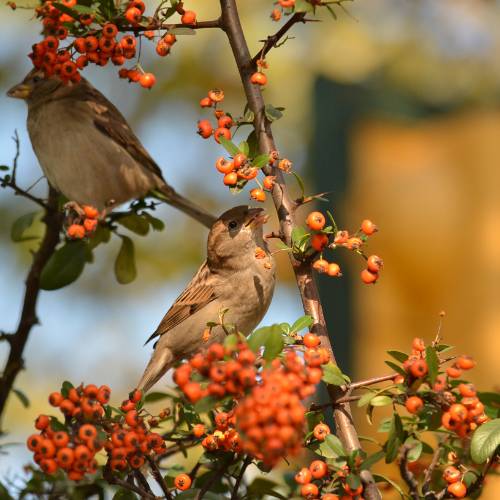
Providing Fresh Water for Garden Birds
Just as important as food, fresh water is essential for garden birds especially in autumn and winter. Water helps with hydration, feather care and even attracts more birds to your garden. Regular cleaning of water containers will keep them effective and safe for bird use. Birds need to bathe to keep their feathers clean and that’s crucial for insulation and warmth in cold weather.
Water at different levels will cater for different bird species. Place water sources in safe open spots to protect birds from predators. Simple birdbaths can be made from upturned dustbin lids or old washing up bowls, or purpose made bird baths can be both practical whilst adding decoration to your garden.
Just like bird feeders, consider the position of your water source. Cover is useful in summer to minimise water evaporation and algae build up, but as leaves start to fall this can quickly clog up your bird bath. Allowing sunlight on your water in winter will also help it to defrost as the cold comes in.
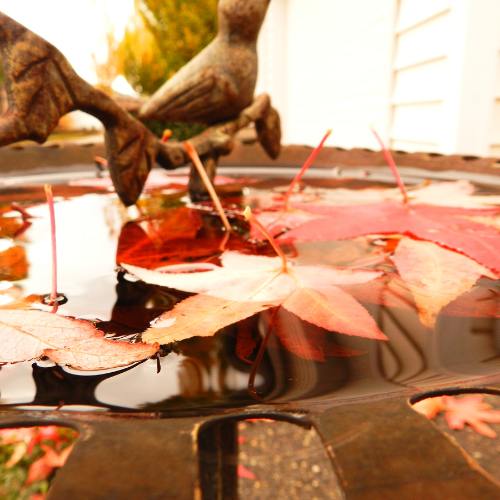
Migratory Birds in Autumn
Autumn is a key time for migratory birds and providing for them during this season can make a big difference. The change in light and atmosphere will trigger birds into migration mode and they will travel from north to south. In the UK you may see swans, geese, redwings, waxwings, bramblings and fieldfares arriving in autumn. These birds will be migrating to warmer climates and food sources so stopping in Spain others going as far as South Africa.
Offer high energy foods like suet pellets and fat balls to sustain migratory birds on their long journeys. Imagine the feeling of knowing your garden is a stopover for these amazing travellers. Providing the right care will help migratory birds through their journey and back again each year.
Nest Box Maintenance for Next Year
Autumn is the time to prepare your bird boxes for next year. Cleaning should be done after breeding season, between late September and February. Remove old material and scald the boxes with boiling water to get rid of parasites. Don’t use insecticides or flea powder, boiling water is enough.
If you find unhatched eggs monitor the nest for a couple more weeks to ensure the nest is abandoned before removing. Regular maintenance will keep your nest boxes in good condition and ready for new families in the spring.
By doing this you will have a safe and clean environment for nesting birds and for their breeding and population growth.
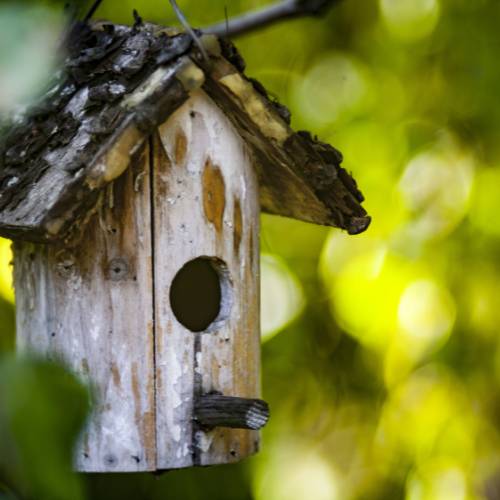
Deter Squirrels and Large Birds
Squirrels and larger birds can get in the way of feeding stations but there are ways to deter them. Squirrel proof feeders or wire mesh around feeders will deter squirrels from getting to the bird food. Sprinkling a mixture of chilli flakes on the bird food will also deter squirrels without harming the birds.
By doing this you will have a safer environment for birds at feeding stations and they can eat undisturbed. Proactive measures will keep your garden a haven for garden birds, pest and larger bird free.
If your bird feeders are attacked by squirrels and large birds read more about how to stop them here.
Conclusion
Feeding garden birds in autumn is a fun and important job that will help them through the winter. By knowing their dietary needs, choosing the right food and using the right feeders you can create a haven for many bird species. Regular maintenance of feeders and fresh water are simple but key to keeping your feathered friends healthy and hydrated. Supporting migratory birds and preparing nest boxes will also boost the bird population in your garden.
As you get into a feeding routine and deter pests you’ll see your garden full of birds. This autumn make your garden a haven for these lovely creatures and give them the food and shelter they need to flourish. Happy bird feeding!
Frequently Asked Questions
What’s the best way to keep bird feed fresh during cooler months?
- Answer: Store feed in airtight containers and keep feeders dry to prevent spoilage.
How can I attract migratory birds to my garden in autumn?
- Answer: Offer high-energy foods like sunflower seeds and suet to appeal to migrating birds.
Is it important to clean feeders more often in autumn?
- Answer: Yes, cleaning feeders regularly prevents mould and disease as dampness increases in autumn.
Should I change the type of bird seed I use as the weather gets colder?
- Answer: Yes, opt for high-fat seeds like sunflower hearts and peanuts to help birds build fat reserves.
What birds can I expect to see in my garden during autumn?
- Answer: You may see resident species like robins and finches, as well as migratory birds like thrushes coming from Scandinavia.

